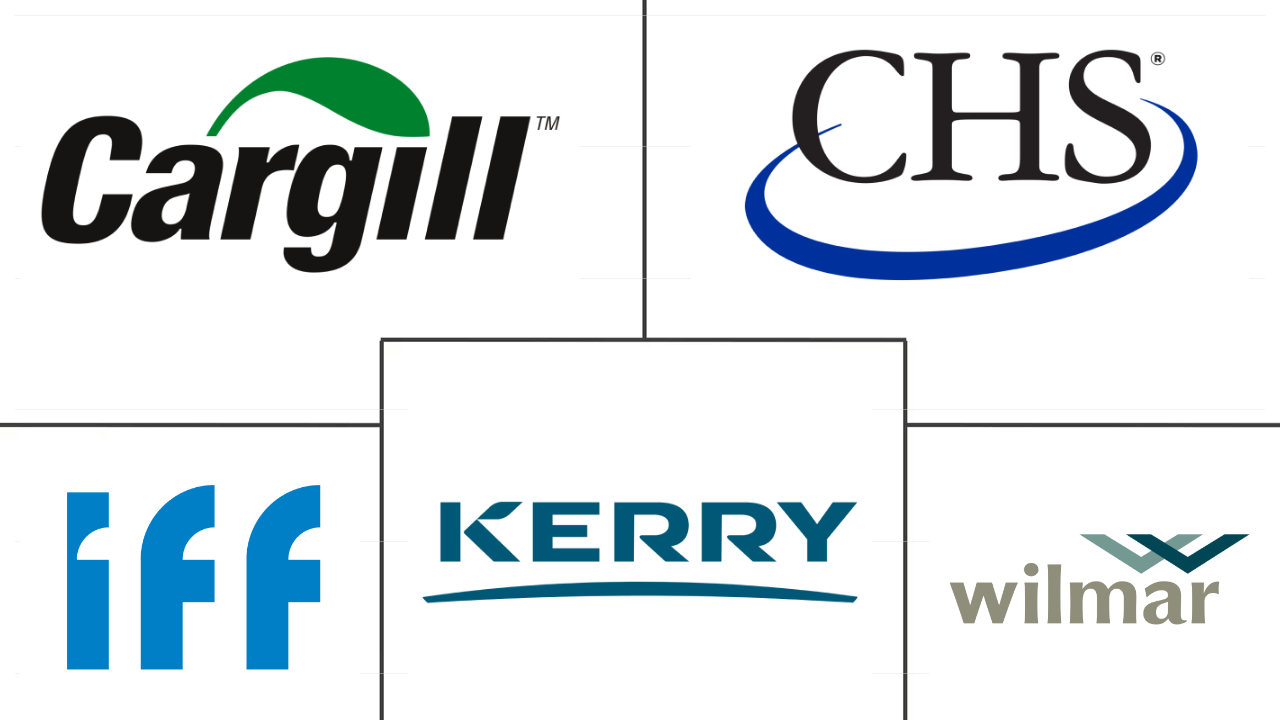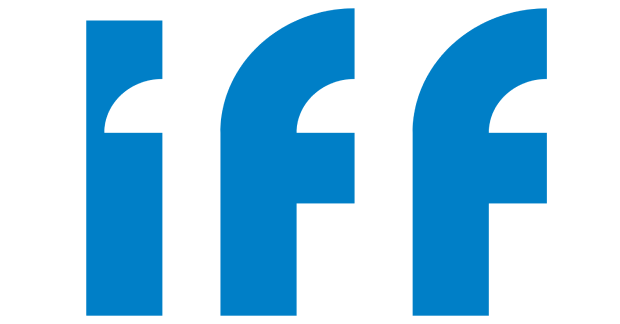Market Size of middle east plant protein Industry
| Icons | Lable | Value |
|---|---|---|
|
|
Study Period | 2017 - 2029 |
|
|
Market Size (2024) | USD 0.79 Billion |
|
|
Market Size (2029) | USD 1.06 Billion |
|
|
Largest Share by End User | Food and Beverages |
|
|
CAGR (2024 - 2029) | 6.12 % |
|
|
Largest Share by Country | Saudi Arabia |
Major Players |
||

|
||
|
*Disclaimer: Major Players sorted in no particular order |
Middle East Plant Protein Market Analysis
The Middle East Plant Protein Market size is estimated at 0.79 billion USD in 2024, and is expected to reach 1.06 billion USD by 2029, growing at a CAGR of 6.12% during the forecast period (2024-2029).
0.79 Billion
Market Size in 2024 (USD)
1.06 Billion
Market Size in 2029 (USD)
4.83 %
CAGR (2017-2023)
6.12 %
CAGR (2024-2029)
Largest Market by Product Type
72.71 %
value share, Soy Protein, 2023
Soy protein remained the most favored type due to its low cost and excellent quality. The F&B and animal feed industries drove the soy protein segment in the region.
Largest Market by End User
53.53 %
value share, Food and Beverages, 2023
The higher supply of plant proteins like rice, pea, and wheat proteins that have an ability to mimic meat texture and offer protein fortification is catering to the segment.
Fastest Growing Market by Product Type
12.17 %
Projected CAGR, Pea Protein, 2024-2029
Pea protein demand is growing in meat alternatives due to their quick rehydration, neutral flavor, and texturizing abilities, leading to the development of new products.
Fastest Growing Market by End User
6.74 %
Projected CAGR, Food and Beverages, 2024-2029
The demand for plant proteins, mainly pea protein, is growing due to its versatility and an increasing number of Arabs are shifting their preferences toward vegan meals.
Leading Market Player
10.57 %
market share, International Flavors & Fragrances, Inc., Inc.

To further strengthen its market position, the company has prioritized product innovation as a growth strategy, focusing on current market trends, such as healthy snacking.
Rising number of vegan and flexitarian consumers in the middle east has resulted increased market share of food and beverage segment across the region
- By application, the food and beverage industry is the leading application sector for plant proteins in the region. The demand for proteins in F&B is primarily driven by the increasing demand for protein functionalities and awareness about protein-rich diets, etc. Under F&B, the meat/poultry/seafood and meat alternative products segment accounted for the major volume share of 33.19% in 2022. In Saudi Arabia, shops and restaurants offer different vegan and vegetarian products, making people shift from meat to plant-based foods. Tourism in the country from other parts of the world is also contributing to the growth of the meat substitute market in the country. Moreover, as food processing methods are advancing, the demand in the meat substitute sector has risen substantially. The sub-segment is projected to register a value CAGR of 5.86% during the forecast period.
- However, the snacks sub-segment is the fastest-growing sub-segment and is projected to register a CAGR of 10.07%, by value, during the forecast period. Consumers are also becoming more aware of their snacking choices. They are opting for healthier snacks containing nutritious and natural ingredients and free-from claims and labels that benefit their health and wellness.
- The F&B segment was followed by animal feed, with the majority of application share recorded from soy proteins. In 2022, about 81% of plant protein demand in the animal feed segment was met by soy protein due to its abundant availability and lower price points. Over the review period, soy proteins were about 50% cheaper than other plant protein types. Further, legume-based ingredients are a key source of plant proteins for animal feed, and their production can provide a range of benefits both on farms and for feed manufacturers.
Strategic investment by leading players coupled with rising veganism across the region has resulted highest share in Saudi Arabia
- By country, Saudi Arabia maintained its top position, followed by Iran, in 2022, primarily driven by the F&B sector. The market has benefited from large investments, especially by the industry's leading companies, which has led to a solid market structure and organized sales. Nonetheless, the top two countries also remained the fastest-growing in the market. During the forecast period, with a CAGR of 8.36%, Iran is set to record the fastest growth rate by volume. The government of Saudi Arabia released an up-to-date list of animal feed subsidies, including animal feed products, such as soy protein meal. Pea protein is projected to register the highest CAGR of 8.08% by volume, during the forecast period, in the animal feed segment, with increasing government support.
- The plant-based protein market in the region is mostly driven by the food and beverage segment, and the segment registered a CAGR of 6.10% by volume. Demand for vegan food and plant-based meat is increasing in Middle East & Africa, particularly in the UAE. Several major Middle Eastern food brands emphasize vegan meat and other foods.
- The Vegan & Vegetarian Association of Turkey has long advocated for a vegan diet. While several recent regional festivals, including one in Didim, have helped to increase veganism's popularity. Many traditional regional and national dishes, like couscous, falafel, and hummus, are already naturally meat-free and vegetarian. Increased veganism and rising demand for allergen-free sources, especially in modernizing countries like the United Arab Emirates, are further driving the value growth. As a result, sources like pea protein have been gaining prominence due to their ability to act as an excellent substitute for soy protein when incorporated into meat substitutes.
